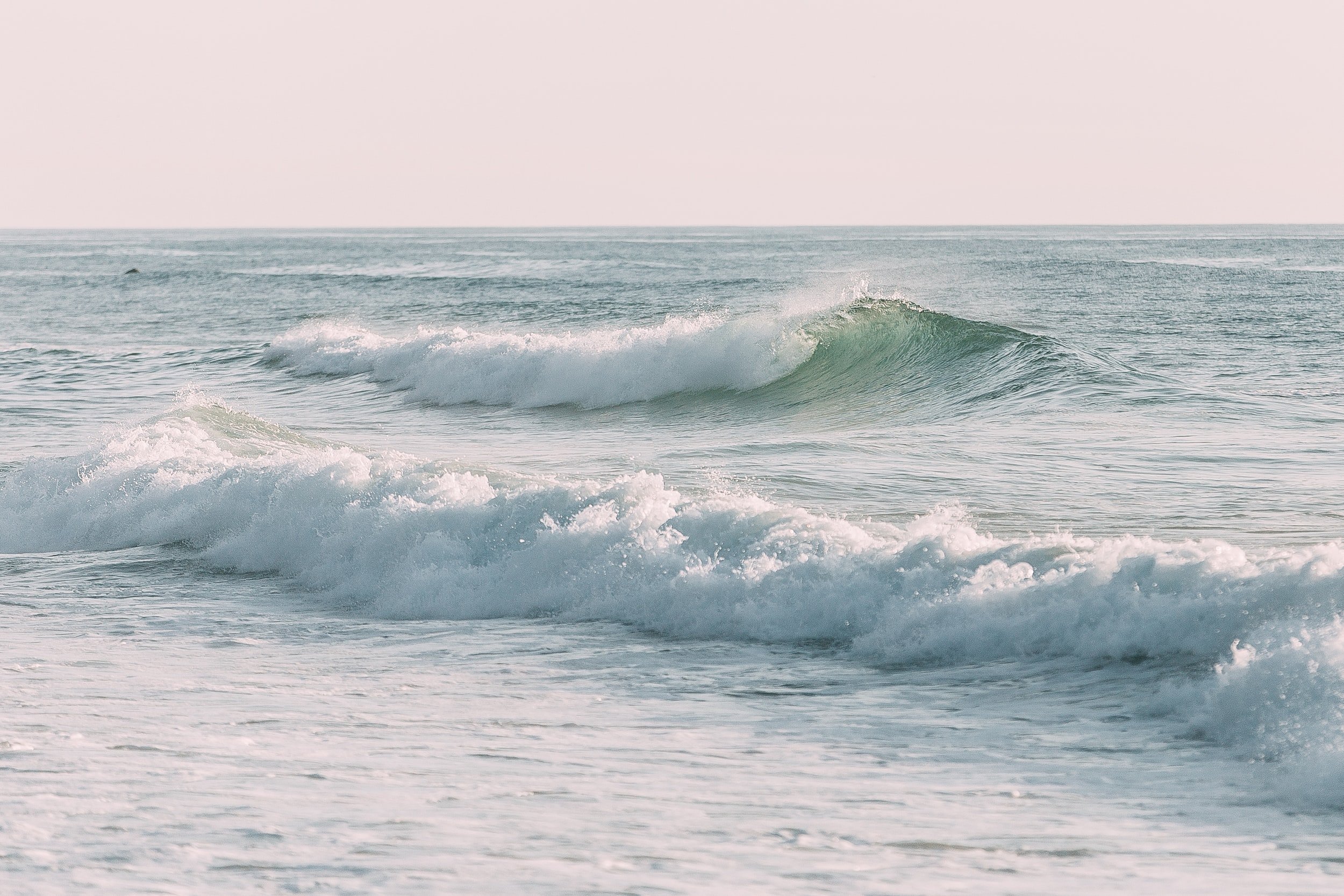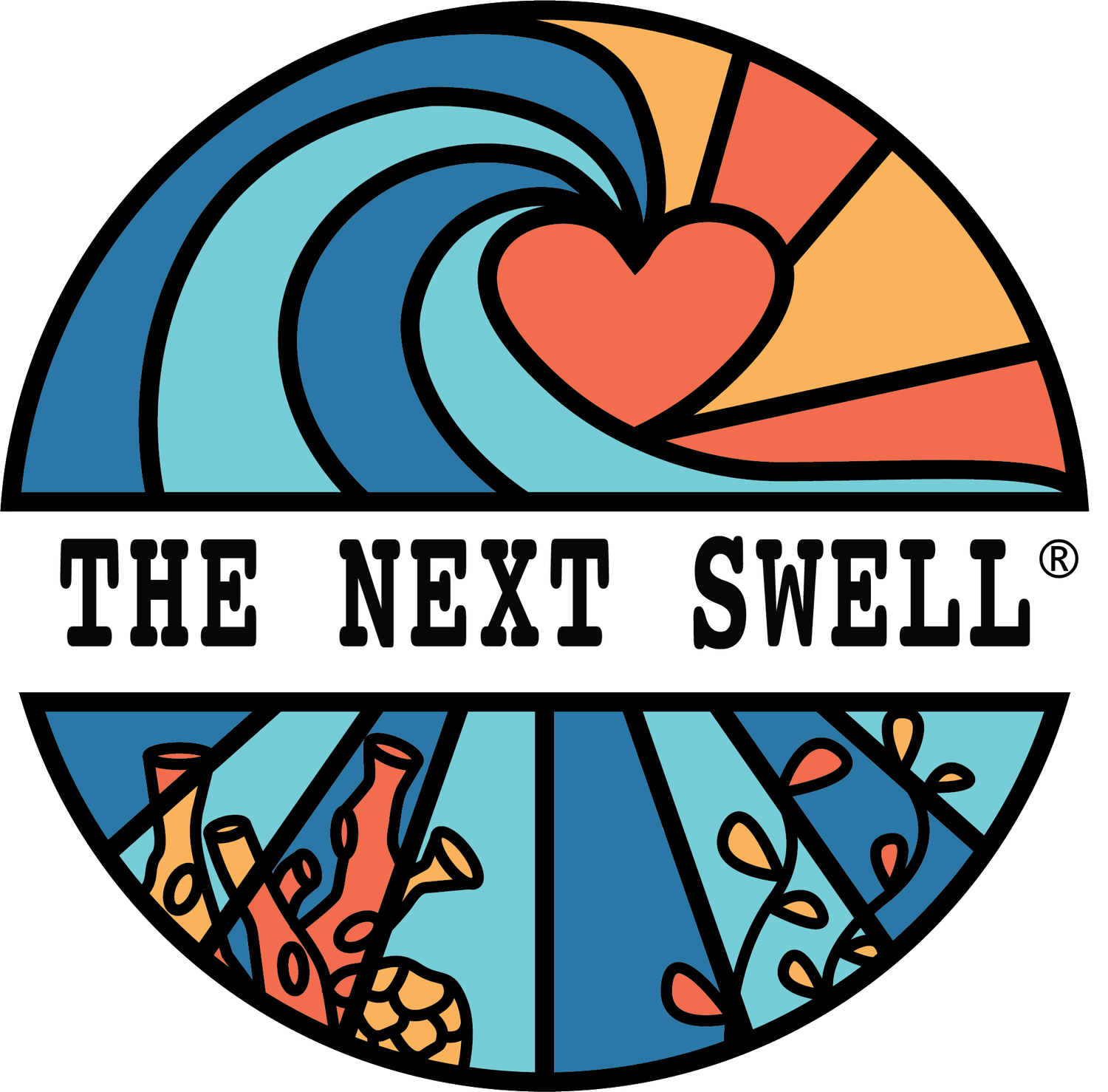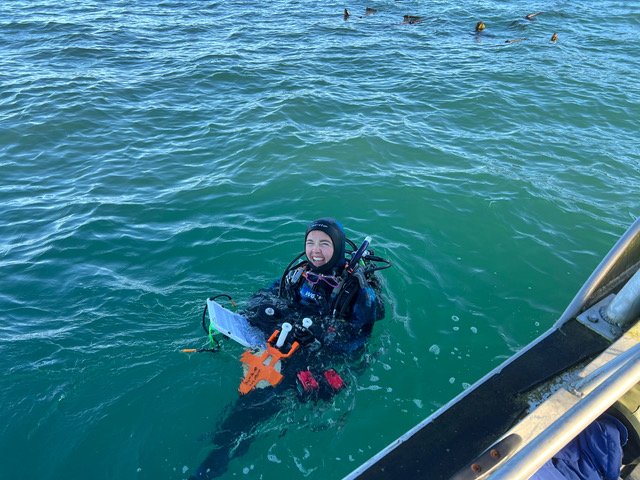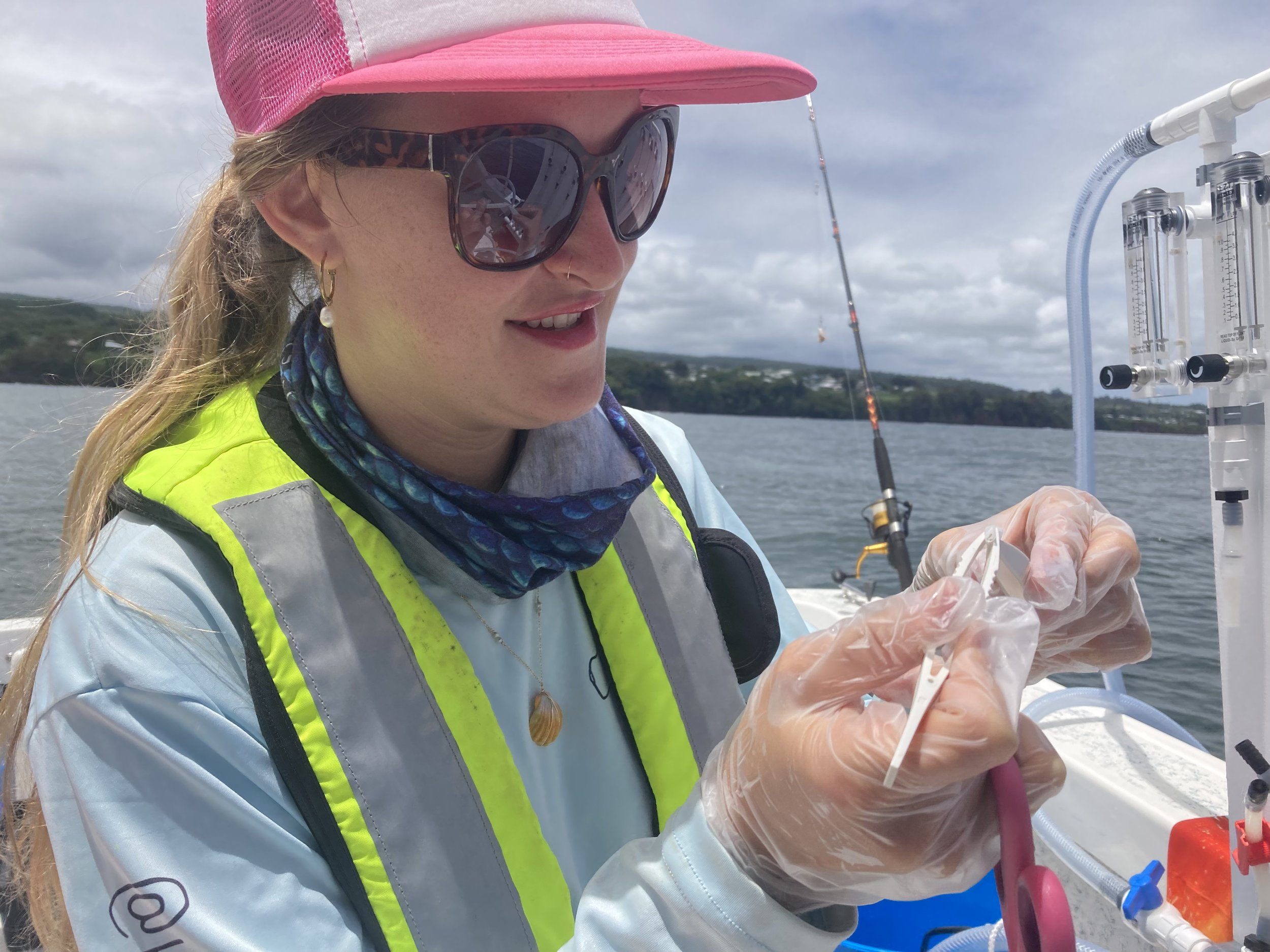
The Next Swell 2025 Scholarship Winners
Paola - PhD candidate at University of California, Santa Barbara
Paola grew up in Puerto Rico surrounded by reefs, and aims to study the most remote places of our oceans to empower their conservation. For her PhD research, she is focusing on the trophic ecology of the only actively studied methane seep in Antarctica! She is using genomics, fatty acids, and isotope analysis to understand the food web dynamics of these ecosystems. To compliment her research, she will be diving below the sea ice in Antarctica this year, and looks forward to bringing Caribbean representation within the field and sharing with the world how methane has a role in entire ecosystems and in our oceans.
Wave - PhD candidate at Oregon State University
Wave is a marine ecologist currently pursuing her PhD in fisheries science. Her research focuses on the role of kelp forests in sustaining Oregon’s nearshore fish communities by using a combination of techniques—including SCUBA surveys, stereo-video, and environmental DNA—to document seasonal changes in Oregon’s kelp forest fish communities for the first time. She collaborates closely with groups like the Oregon Kelp Alliance and the Oregon Department of Fish and Wildlife’s Marine Reserves Program to ensure the science supports ongoing management and conservation. She also is using historical archives and data from the Oregon Marine Reserves to track changes in Oregon’s kelp forest communities with data going as far back to the early 1900s. Ultimately, this work will help inform strategies to protect and restore Oregon’s coastal ecosystems and nearshore fisheries.
Dani - PhD Candidate at the University of Hawai'i at Mānoa
Dani’s interdisciplinary research focuses on understanding modern and historic changes in shark nursery habitat in Hilo Bay, Hawai'i. Through the documentation of local ecological knowledge from the Hilo Bay fishing community, Dani was able to reconstruct baseline estimates of shark abundance in the bay over the past 75 years. To better understand the current population dynamics, Dani employed a paired-sampling approach which included a catch survey alongside environmental DNA (eDNA) collection. The eDNA collected from seawater in Hilo Bay was analyzed using species-specific primers for both Scalloped Hammerhead and Blacktip sharks to elucidate which species are currently utilizing the nursery habitat. Dani is now in the final stages of analysis, melding the qualitative, catch, and eDNA data to piece together the history of shark nursery habitat in Hilo Bay, and is excited to share her findings in her upcoming manuscripts!



